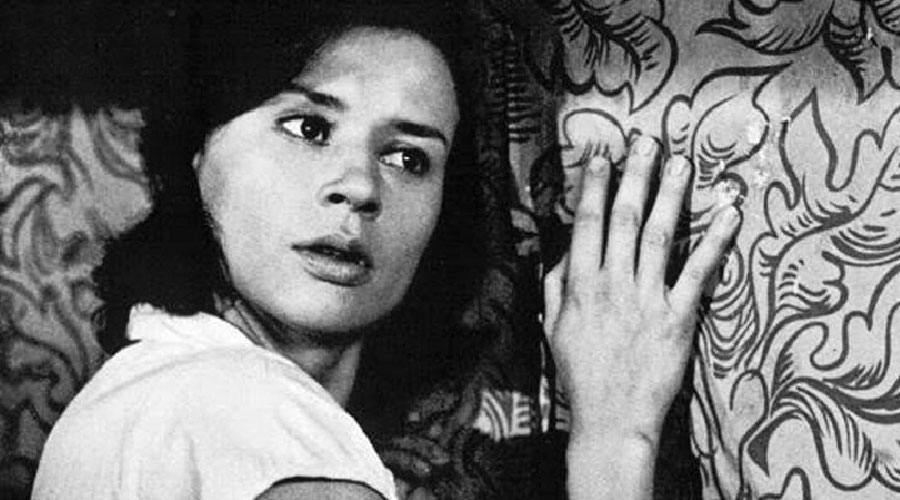Through a Glass Darkly
August 29, 2019

Thoughts and sonic Observations on Ingmar Bergman’s 1961 Through the Glass Darkly
While revisiting this this masterpiece, I was blown away by the incredible amount of detail in it’s intense, and carefully crafted soundtrack. It is so still at moments, but totally restless at others. It is skilfully reflecting the inner world of the characters inhabiting the small island of Faro, where the story is set.
Bergman shot this film on an island. With this clever choice, he instantly places the characters, and to some extent the audience, in the centre of many powerful natural forces; the sound of the giant waves hitting the rocks, and the wind, which is haunting and mesmerising at the same time. The use of these sound effects serves and enhances the story, and reflects the character’s tormented state of mind. The sea swell and the wind sounds, unsettle the viewer. They hint that a storm is in the making.
Every sound designer knows how difficult it is to work with sound design in dialogue heavy scenes, and in this film there are many of them. But the filmmaker, makes a conscious choice, to gives enough space to the sound in other scenes, with no, or very little dialogue. He lets the sound effects and the design to take over. We get the chance to observe and really listen to the powerful nature. So we gradually settle in and start placing the characters in that space. This also subconsciously makes us feel that the characters are small and powerless. As if they are being manipulated by a greater being.

Harriet Andersson and Max von Sydow in Through a Glass Darkly
The sparse and clever use of score, also gives room to the sound to lead the way in many scenes; to become the main storyteller. There is only few music cues and they are not there, just to underscore the moments. In my opinion their job is partly to make us aware of ourselves as audiences, without being taken out of the scene too much. Bergman uses four interpretations of Johann Sebastian Bach’s Sarabande from Suite No. 2 in D minor for Cello, BWV 1008.
The use of close foley sounds, mainly cloth and movement, is a big factor in bringing the characters closer to the audience. You intimately feel that actors embody those characters. This notion has also been complemented by the close and dry use of actors’ breaths in a few scenes.
There are two major sound design scenes in the film. These are obvious but nonetheless masterfully created.
The scene when Martin runs towards the shipwreck- the use of fog/ship horns, is incredibly powerful and clever. They act like an otherworldly call; strange and mysterious calls that call Martin to Karin. I really enjoyed the rhythmic and musical quality of these sounds. They create a tempo and suspense at the same time. They are inviting and mesmerising, as well as threatening and hollow.
The second scene is when tormented Karin thinks that she is about to see God in the house. She Expects God, but then she sees a spider instead. The use of the rescue/ambulance helicopter sound, before we actually see it, is genius. At first we feel that we hear a tonal drone sound. This sound scores the scene and makes it very intense. It is only when we see the helicopter through the window, that we realise it is a diegetic sound. Bergman achieves this by asynchrony; by using this sound in a way that appears out of context at first. But only when its source is revealed, we as audiences, place it.
In the end of the scene, although the source of this ominous sound has been revealed, it still gives the helicopter an omnipotent quality. As if, this is the sound of a vehicle that is going to take Karin to the heavens above